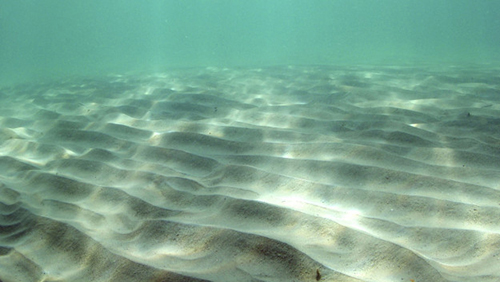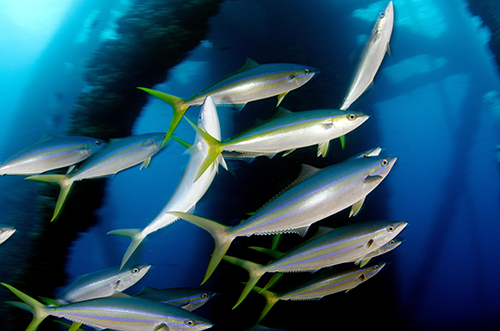Marine and Terrestrial Animals
Marine and terrestrial environments provide different physical conditions that affect life on both sides. These conditions include density, pressure, etc. These conditions influence the kind of life forms that occur in both environments. For instance, terrestrial plants and animals require large proportions of skeletal materials to hold themselves erect on the surface of the earth, or even to move against gravity. Marine species, on the other hand, are buoyed up by water and do not store large amounts of energy in skeletal material. They usually float.

The ocean can be classified into two basic regions; the pelagic and the benthic regions. The pelagic region refers to the open Ocean or the water column of the ocean.
The benthic region encompasses the entire sea floor including areas such as shores.

The pelagic region can also be again divided into neritic and the oceanic zones. This division is based on depth and distance from land. The separation or demarcation is usually made at the zoom depth. That marks the neritic zone. Beyond this zoom depth which usually ends at the edge of the continental shelf is the oceanic zone.
